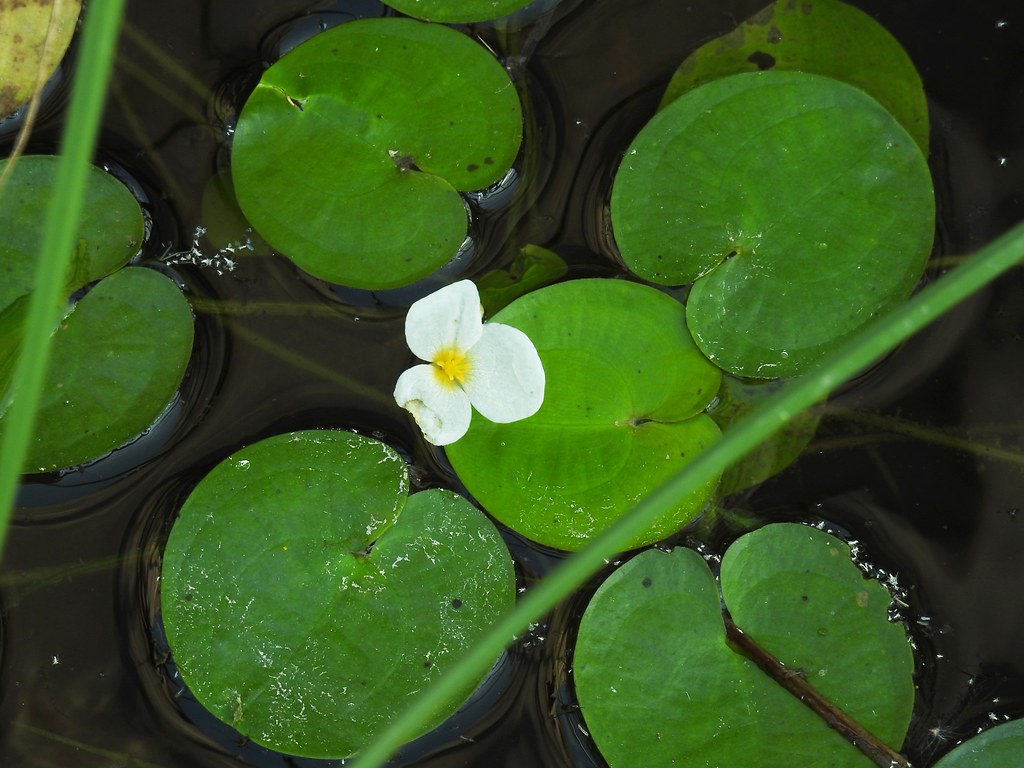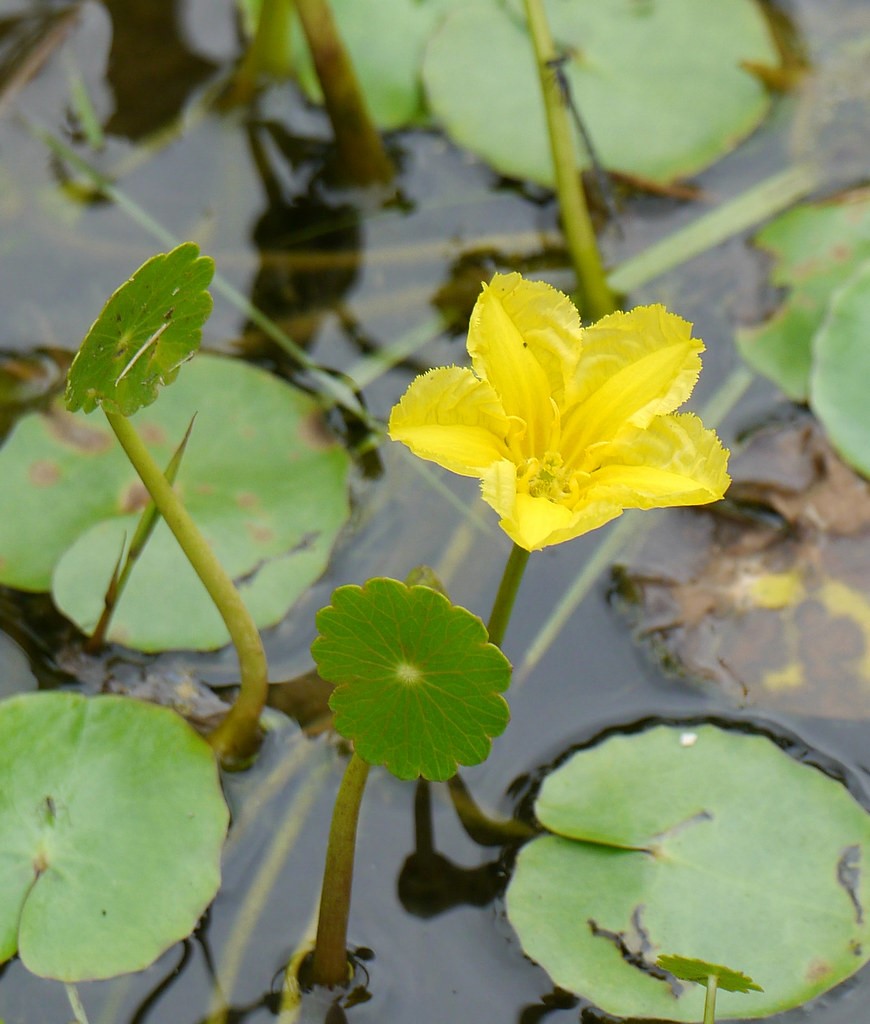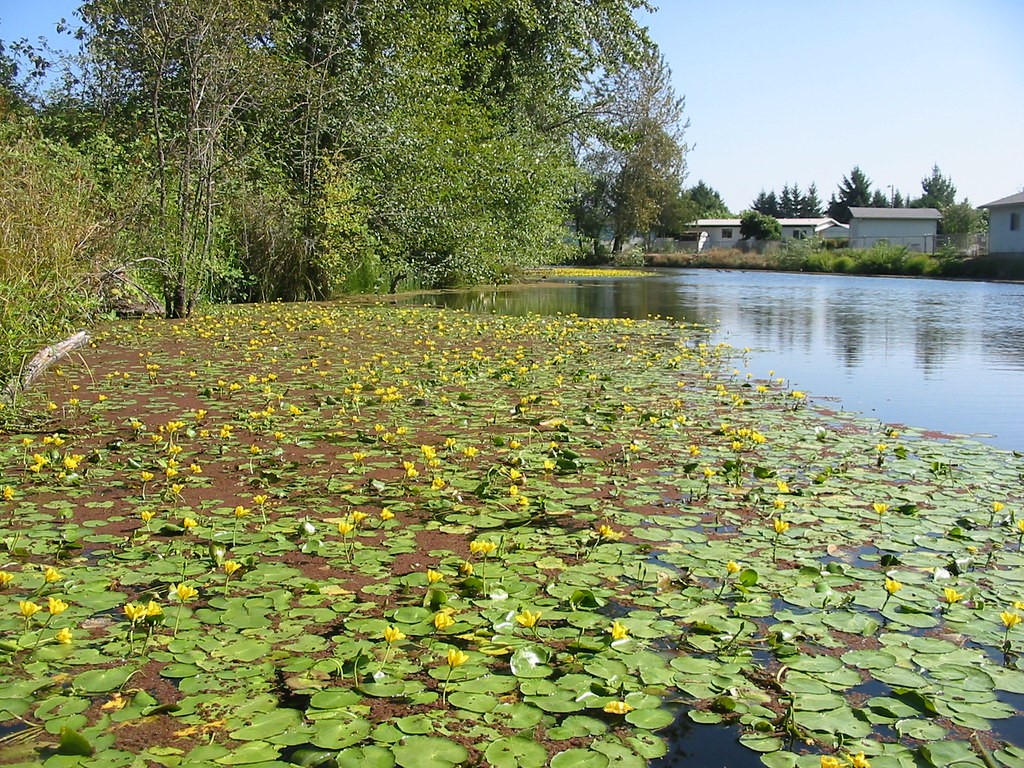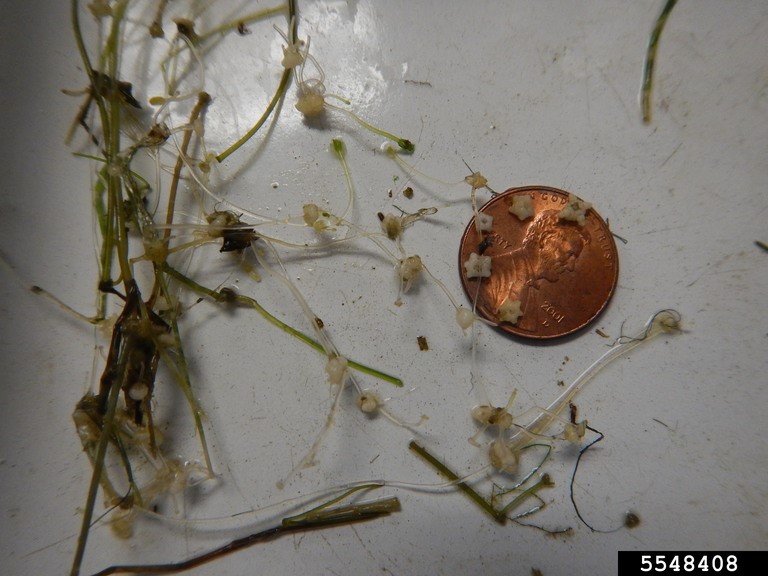Identifying aquatic plants can be difficult. They are underwater (out of sight) and many of them look very similar (the feathery milfoil appearance). This difficulty in identifying aquatic plants is why the LLA is highlighting three invasive species that are relatively easy to identify, to look out for this summer. These three species are important for Long Lake riparians to recognize because they are becoming widespread around Michigan, have significant negative impacts to recreation and wildlife, but aren’t currently in Long Lake. They are poised to become the next “Eurasian milfoil and curly-leafed pondweed” (plants that are so well established we can only hope to mitigate, not eradicate). Identifying these plants early is the only chance we have of preventing their permanent establishment in Long Lake. Early identification allows rapid response efforts to remove the small populations by hand, which is a difficult endeavor but has the highest rates of success – if done early.
These invasive aquatic plants are starry stonewort, European frog-bit, and yellow floating heart. Starry stonewort is actually an algae with long, smooth filaments (Figure 1 – “StarryStonewort2”). It has cream-colored, star-shaped bulbs that form at the base of each cluster of branches (Figure 2 – “StarryStonewort1”). Because it is an algae, common aquatic herbicides do not work – there is no known effective treatment for this species.
European frog-bit is a free-floating aquatic plant with leathery, heart-shaped leaves and small white flowers with three petals (Figure 3 – “EuropeanFrogbit”). The root system is well developed, but does not normally anchor the plant to the lake bottom. Treatment is difficult for this species once well established.
Yellow floating heart is a rooted species with long branched stems that lie just below the water surface. Leaves are floating, round to heart-shaped (3-12 cm in diameter). Undersides of leaves are often purple. This plant has two to five bright yellow, five-petaled flowers (2-4 cm in diameter) with fringed petals raised above the water surface (Figure 4 – YellowFloatingHeart2, Figure 5 – YellowFloatingHeart1). It may be confused with spatterdock, a native plant with yellow flowers. Spatterdock flowers have smooth petals and are rounder. Treatment is also difficult for this species once well established.
Learning to recognize these three species is one small action you can take to keep Long Lake one of the most healthy and pristine lakes in Michigan. You can find more information on these plants (as well as others such as hydrilla and cabomba) on the Long Lake Association website (longlakeassociation.com), under the “Invasive Plants” link on the “Environmental” page. If you think you see one of these plants, please tell someone who is able to initiate an eradication effort. This includes contacting the Long Lake Association [insert email here] and reporting it on the Midwest Invasive Species Information Network (MISIN) website, https://www.misin.msu.edu/report. Thank you for your stewardship!





